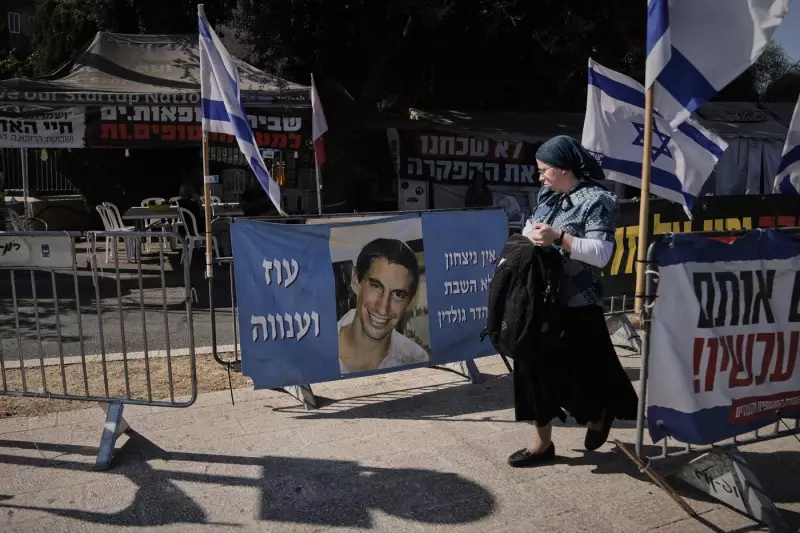
In a significant development in the ongoing Israel-Hamas conflict, the militant group has transferred remains that Israeli authorities believe belong to soldier Hadar Goldin, who had been held in Gaza since 2014. The handover occurred on Sunday, November 9, 2025, marking a poignant moment in the long-standing tensions between the two sides.
Eleven Years of Uncertainty
Hadar Goldin was an Israeli soldier killed during Operation Protective Edge in 2014, though his body had remained in Hamas custody since that time. The recent transfer of remains represents a breakthrough in negotiations between the conflicting parties, though Israeli officials continue to verify the identity of the returned remains.
The emotional weight of this development was visible on the streets of Jerusalem, where photographs of Goldin have become symbols of the ongoing conflict. Residents walking past memorial displays expressed mixed emotions about the news, reflecting the complex feelings surrounding this chapter of Israeli-Palestinian relations.
Timing and Political Context
The handover comes at a time of continued tension in the region, with both sides navigating delicate political landscapes. The November 9th transfer was confirmed by multiple sources, though neither party has released extensive details about the negotiation process that led to this outcome.
Israeli defense officials have maintained that recovering all soldiers' remains represents a national priority, regardless of the time elapsed since their disappearance or death. This principle has driven ongoing efforts to secure the return of Goldin's remains throughout the past eleven years.
Broader Implications
While this development marks progress in humanitarian efforts between Israel and Hamas, it occurs against the backdrop of persistent regional conflicts. The handover could potentially open doors for further negotiations or prisoner exchanges, though both sides remain cautious about such prospects.
The Goldin family, along with other Israeli families of captured or missing soldiers, has maintained constant pressure on the government to prioritize the return of their loved ones. This recent development brings a measure of closure to one of these long-standing cases, though many others remain unresolved.
As verification processes continue and both sides assess the implications of this transfer, the international community watches closely for signs of whether this humanitarian gesture might lead to broader diplomatic progress in one of the world's most intractable conflicts.





